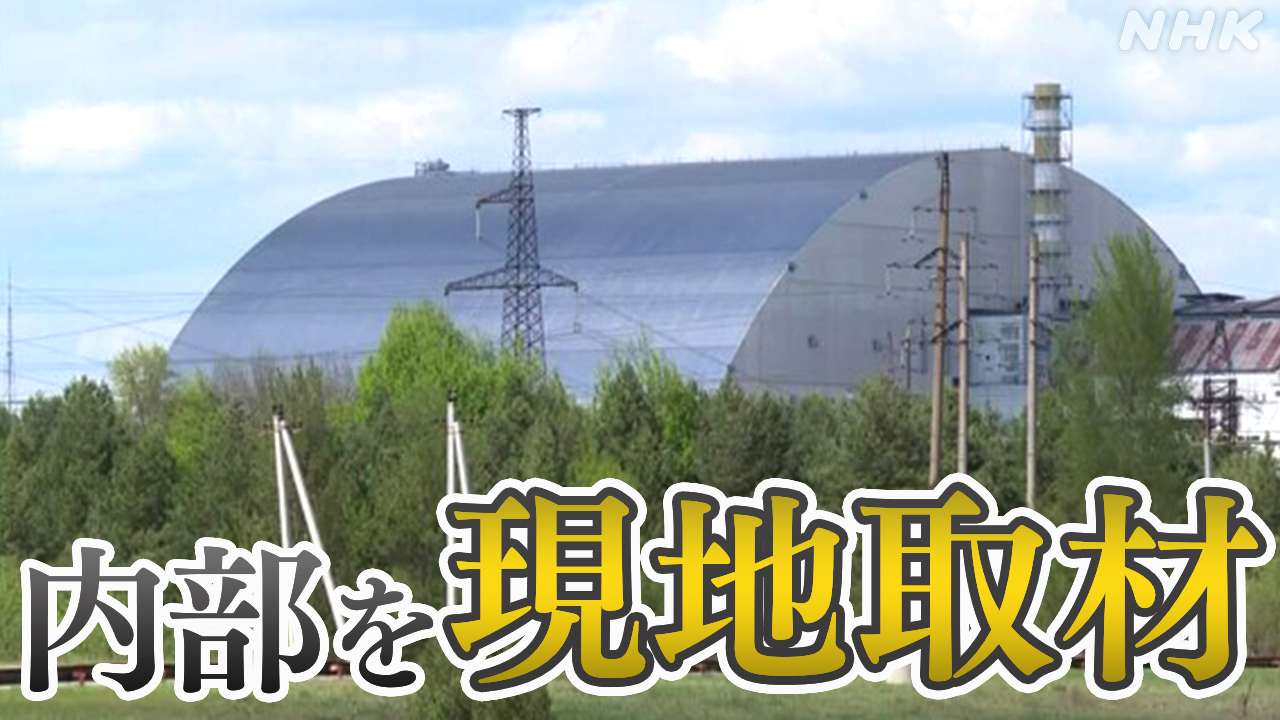Chernobyl's Damaged Shelter: A Critical Update
The Chernobyl disaster, a catastrophic nuclear accident that occurred in 1986, continues to cast a long shadow. While the immediate aftermath saw heroic efforts to contain the fallout, the long-term challenge of managing the damaged reactor remains a significant undertaking. This article provides a critical update on the state of the Chernobyl New Safe Confinement (NSC), the massive structure built to entomb the damaged reactor, and the ongoing efforts to secure the site for generations to come.
The Chernobyl New Safe Confinement (NSC): A Giant Leap Forward
The Chernobyl New Safe Confinement, completed in 2019, represents a monumental achievement in engineering and nuclear safety. This arch-shaped structure, weighing over 30,000 tons, encloses the original sarcophagus – a hastily constructed structure built in the aftermath of the explosion – and the highly radioactive materials within.
Key Features and Improvements of the NSC:
- Enhanced Containment: The NSC significantly improves containment of radioactive materials, preventing further environmental contamination and reducing the risk of future releases.
- Improved Safety for Workers: The structure provides a much safer working environment for the teams involved in decommissioning the reactor. Remote-controlled robots are utilized extensively to minimize human exposure to radiation.
- Long-Term Stability: Designed to last for at least 100 years, the NSC provides a long-term solution for managing the radioactive waste.
- Waste Management: The NSC facilitates the eventual dismantling of the old sarcophagus and the safe removal and storage of radioactive debris.
Ongoing Challenges and Future Plans
Despite the successful completion of the NSC, challenges remain in managing the Chernobyl site.
Current Challenges Include:
- Decommissioning the Reactor: The process of dismantling the reactor and removing the radioactive materials is a complex and lengthy undertaking, requiring advanced technologies and rigorous safety protocols.
- Waste Storage: Finding safe and secure long-term storage solutions for the vast amounts of radioactive waste generated remains a crucial challenge.
- Environmental Monitoring: Continuous monitoring of the surrounding environment is crucial to ensure that the containment efforts are effective and that no further contamination occurs.
- Funding and Resources: The long-term management of Chernobyl requires significant ongoing funding and resources, necessitating international cooperation and support.
The Importance of International Collaboration
The successful management of the Chernobyl site requires a sustained international effort. Organizations like the Chernobyl Shelter Fund play a vital role in coordinating the necessary resources and expertise. Collaboration between scientists, engineers, and governments is essential to ensuring the long-term safety and security of the site.
Looking Ahead: Securing Chernobyl's Future
The Chernobyl disaster serves as a stark reminder of the potential consequences of nuclear accidents. The construction of the NSC represents a significant step forward in managing the legacy of this tragedy. However, the work is far from over. Continued investment, technological innovation, and international cooperation are vital to ensuring the safe and sustainable decommissioning of the Chernobyl reactor and the long-term protection of the environment and the surrounding populations.
Keywords: Chernobyl, Chernobyl disaster, New Safe Confinement, NSC, nuclear accident, radioactive waste, decommissioning, environmental monitoring, international collaboration, nuclear safety, Ukraine
Call to Action: Learn more about the ongoing efforts to secure the Chernobyl site by visiting the official website of the Chernobyl Shelter Fund (link to relevant website). Stay informed about the latest developments and contribute to ensuring the long-term safety of this crucial site.
